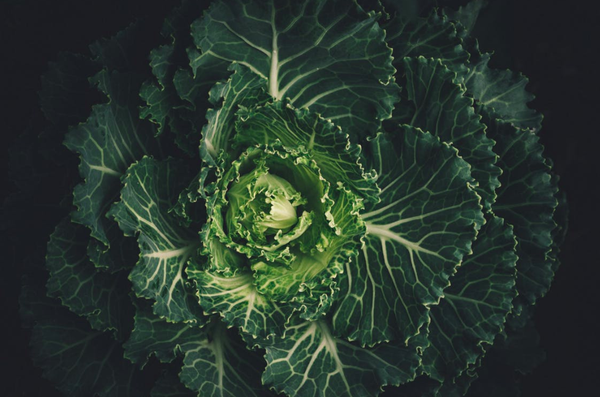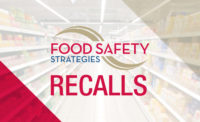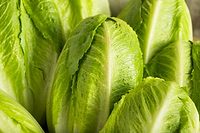Yesterday, the U.S. Food and Drug Administration (FDA) shared an update on the most recent Escherichia coli O157:H7 outbreak caused by contaminated romaine lettuce.
As of November 26th, health officials have confirmed 67 illnesses in 19 states. The last illness onset date on record is November 14th.
Epidemiologic, laboratory, and traceback evidence indicates that the contaminated romaine lettuce is from the Salinas, CA growing region. Consumers are being warned not to eat romaine lettuce that’s been harvested in Salinas. The Salinas region as defined by the United Fresh Produce Association and the Produce Marketing Association Romaine Taskforce Report includes: Santa Cruz, Santa Clara, San Benito, and Monterey counties in California.
Romaine lettuce may be voluntarily labeled with a harvest region. If this voluntary label indicates that the romaine lettuce was grown in “Salinas” (whether alone or with the name of another location) do not eat it. Throw it away or return it to the place of purchase. If romaine lettuce does not have information about harvest region or does not indicate that it has been grown indoors (i.e., hydroponically- and greenhouse-grown), throw it away or return it to the place of purchase. Consumers ordering salad containing romaine at a restaurant or at a salad bar should ask the staff whether the romaine came from Salinas. If it did, or they do not know, do not eat it.
At this time, romaine lettuce that was harvested outside of the Salinas region has not been implicated in this outbreak investigation. Hydroponically- and greenhouse-grown romaine, which is voluntarily labeled as “indoor grown,” from any region does not appear to be related to the current outbreak. There is no recommendation for consumers to avoid using romaine harvested from these other sources.
Restaurants and Retailers: Restaurants and retailers should not serve or sell romaine harvested from Salinas, California. If you do not know the source of your romaine lettuce, and if you cannot obtain that information from your supplier, you should not serve, nor sell it.
Suppliers and Distributors: Suppliers, distributors and others in the supply chain should not ship or sell romaine harvested in Salinas, California. If the source of the romaine lettuce is unknown, you should not ship, nor sell the product.
For Restaurants, Retailers, Suppliers and Distributors: Currently, the FDA does not have enough traceback information to identify the specific source of the contamination that would allow us to request a targeted recall from specific growers. At this stage in the investigation, the most efficient way to ensure that contaminated romaine is off the market would be for industry to voluntarily withdraw product grown in Salinas, and to withhold distribution of Salinas romaine for the remainder of the growing season in Salinas. FDA has made this request of industry.
Genetic analysis of the E. coli O157:H7 strains from patients in this current outbreak are similar to strains of E. coli O157:H7 associated with a previous outbreak from the Fall of 2017 and the Fall of 2018 that affected consumers in both Canada and the U.S. The 2017 outbreak of E. coli O157:H7 was associated with leafy greens in the U.S. and romaine in Canada. The 2018 outbreak of E. coli O157:H7 was associated with romaine in both countries.
Related stories:
CDC Warning: Do Not Eat Romaine Lettuce from the Salinas, CA Growing Region
Sudden Recall Issued for Expired Romaine Lettuce Salads Linked to E. coli Illnesses
Cluster of E. coli Illnesses in Maryland Linked to Romaine Lettuce Salads




